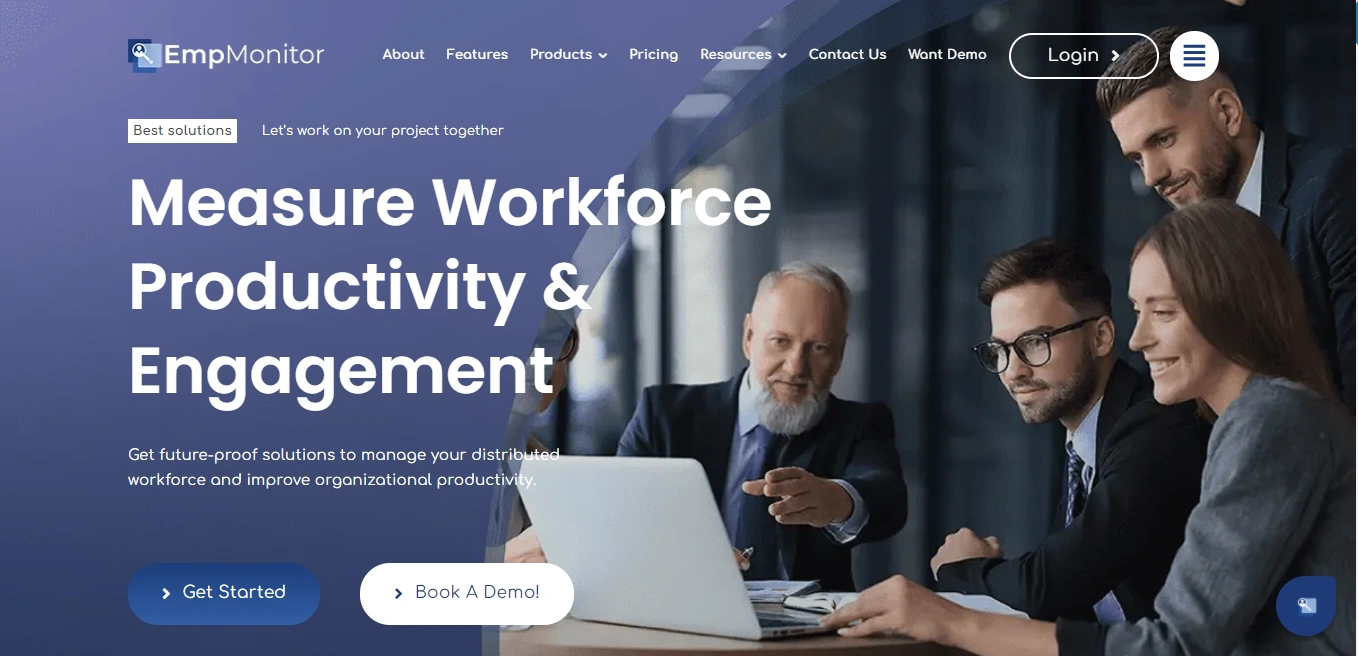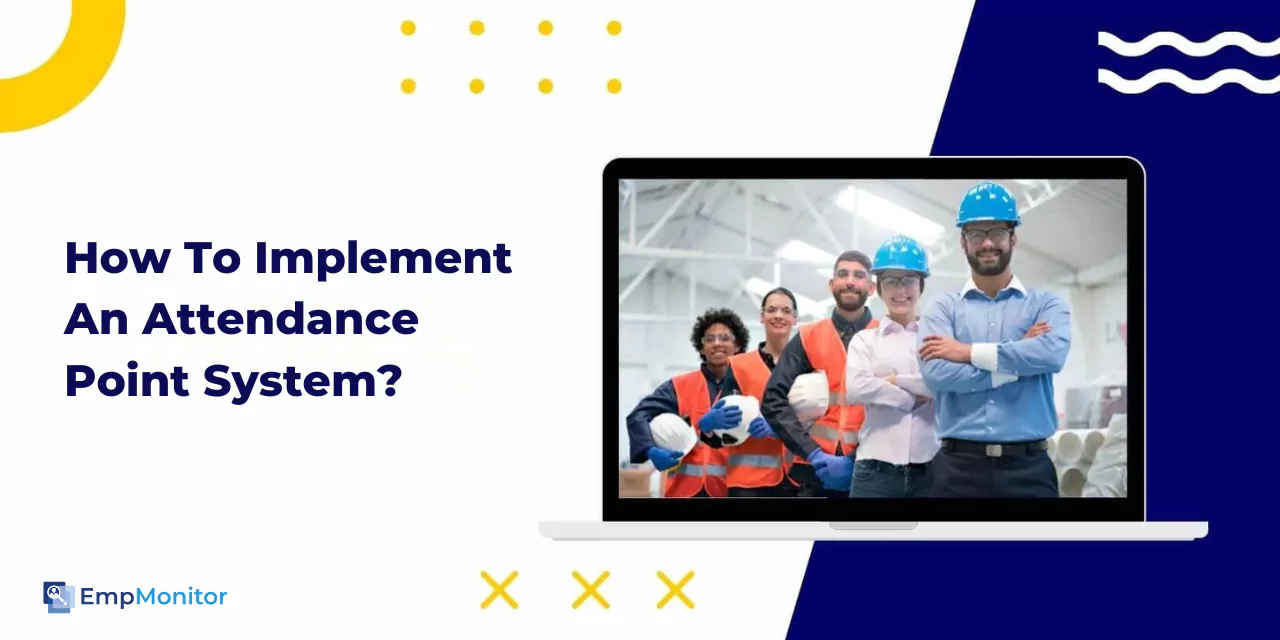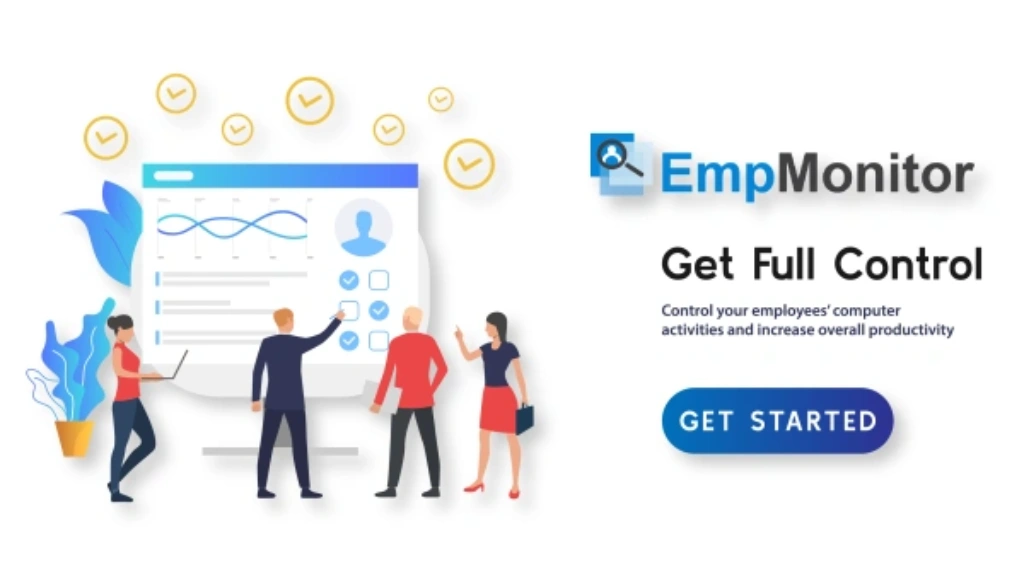Modern organizations increasingly recognize that effective attendance management is more than simply recording presence—it is about setting clear expectations and supporting teams. In this blog, we delve into a strategy that streamlines absence management while promoting fairness and accountability. One such approach gaining attention is the attendance point system, which introduces structure and consistency to how attendance is monitored and managed. By exploring the foundations and benefits of a well-structured system, we set the stage for a discussion on rethinking how employee attendance is tracked.
Over the years, many businesses have confronted the challenges of timekeeping with methods that fail to address the complexities of today’s work culture. This post introduces an innovative approach to reexamining attendance that supports the workforce & empowers management with clarity and precision. The attendance point system stands out as a practical framework that helps organizations reinforce attendance expectations without relying on micromanagement. As we proceed, we will uncover the key features of modern tracking solutions and highlight how they transform traditional practices into efficient processes. Let us begin by understanding why legacy systems no longer serve our needs.
In a hurry? Listen to the blog instead!
The Shortcomings Of Conventional Tracking Systems
![]() Traditional attendance management often relies on manual processes that can result in inconsistencies, errors, and dissatisfaction among employees. Relying on paper timesheets or outdated digital logs, many organizations find that these methods create confusion rather than clarity. Inefficient systems increase administrative burdens and operational costs.
Traditional attendance management often relies on manual processes that can result in inconsistencies, errors, and dissatisfaction among employees. Relying on paper timesheets or outdated digital logs, many organizations find that these methods create confusion rather than clarity. Inefficient systems increase administrative burdens and operational costs.
This section introduces the concept of an attendance policy point system that some companies try to use to counterbalance these issues. However, overly rigid policies without modern support tools frequently result in frustration and diminished trust within teams. In contrast, more agile and responsive setups allow managers to address issues before they escalate—a discussion we will expand on shortly.
By exploring these drawbacks, we begin to see the need for a refined method that manages attendance & incorporates insights into employee performance and well-being. Let’s now transition into breaking down the components of a more advanced solution.
Understanding The Core Components
At its heart, an attendance point system provides a clear framework for managing employee presence by allocating points for various attendance behaviors. This framework serves as the backbone for measuring punctuality, absences, and even patterns that indicate potential issues. The idea is simple: Assign a numeric value to different attendance events, which makes it easier to monitor and address concerns objectively.
To further clarify this approach, consider Attendance point system examples, which highlight how minor delays or unexpected absences add up measurably. Such examples allow employees and managers to understand how small deviations impact overall performance. Clear guidelines and structured rules help ensure that everyone knows what is expected, which in turn contributes to a more harmonious work environment.
In the upcoming section, we will see how this framework is evolving from basic record-keeping into a dynamic, technology-supported process that improves accuracy and transparency.
Evolving Towards Automation

Automation does more than just simplify data entry; it enhances the consistency of attendance records. With less room for human error, managers can identify trends early on and address any underlying issues promptly. This progression not only saves time but also ensures that all staff members are held to the same standards—a discussion that naturally leads us to explore the specific technologies that enable these improvements.
The Role Of Attendance Tracking Software
One of the key innovations in attendance management is the widespread adoption of attendance tracking software. These solutions eliminate the inconsistencies of paper-based systems by automating data collection and enabling real-time monitoring. Companies that have embraced such technology now enjoy improved accuracy and streamlined operations.
This change is critical not only because it saves time but also because it builds trust within the organization. Employees can be assured that the same criteria are applied to everyone. Managers, on the other hand, gain the ability to monitor patterns and identify potential issues before they escalate into larger problems. With precise data at their fingertips, decision-making becomes fairer and more informed.
As we transition from the discussion of technology to a broader view of available tools, we now consider the benefits offered by comprehensive solutions designed for modern workplaces.
Exploring Comprehensive Attendance Monitoring Software
In today’s environment, companies are increasingly turning to attendance monitoring software to provide a holistic view of employee presence. Unlike older methods that merely log hours worked, these advanced systems integrate several functions, from real-time alerts and detailed reports to insights on workflow patterns and productivity trends.
By leveraging these technologies, organizations can foster a work culture that values transparency and accountability. These systems reveal attendance trends, enabling better staffing decisions and offering data-driven insights to support fair performance reviews.
One such solution that brings all these features under one roof is EmpMonitor. Designed to enhance workforce management, it enables managers to track attendance trends and boost productivity, making it a vital tool for implementing an effective attendance point system.
Why Does EmpMonitor Stand Out In Attendance Point System Tracking?

At its core, EmpMonitor is designed to support businesses in managing every aspect of employee attendance with clarity. It enables real-time tracking & simplifies how points are assigned for tardiness, early departures, and unapproved absences—making attendance point system tracking intuitive for both managers and employees.
Key Features That Make EmpMonitor Effective
Real-Time Attendance Tracking
Monitor check-ins, break durations, and activity timelines in real-time. EmpMonitor allows teams to keep accurate records without the manual hassle, reducing human errors and ensuring accountability.
Automated Point Allocation
Customizable settings let you automate how attendance points are awarded or deducted based on your attendance policy point system. Whether it’s late arrivals, missed shifts, or consistent punctuality, EmpMonitor ensures every detail is logged and scored appropriately.
Comprehensive Attendance Reports
Generate insightful reports that break down employee presence, productivity trends, and attendance history—ideal for performance reviews, audits, and proactive interventions.
Role-Based Access Control
Maintain data privacy while empowering department heads or HR teams with relevant access. It helps ensure that sensitive records are handled by the right individuals only.
Seamless Integration With Workflows
EmpMonitor easily blends into your existing workflows, minimizing disruption while maximizing efficiency. It’s a plug-and-play solution for organizations ready to modernize their attendance tracker system.
Transparency And Self-Access
Employees can view their own attendance records, point tallies, and history. It not only promotes transparency but also encourages ownership and responsibility.
By using EmpMonitor, businesses get more than just attendance tracking software—they gain a strategic advantage. It enhances policy enforcement, reduces time theft, and supports HR teams with actionable data. The outcome is a streamlined process that upholds fairness while saving countless hours of manual work.
Let’s explore real-world examples of attendance point systems to see how structured frameworks and the right tools can effectively address common challenges.
Real-World Success Stories
Every innovative solution is best understood through its successful application in real-world scenarios. Many organizations have transitioned from old-school methods to an attendance point system driven by automation. These transformations provide compelling evidence of the benefits achieved when modern tracking solutions are implemented.
Consider a mid-sized company that struggled with inconsistent attendance records and rising administrative costs. After deploying a new automated system that incorporated clear point allocations for tardiness and absences, the company experienced a significant reduction in payroll errors. Not only did employee morale improve, but the overall transparency of attendance data led to more trust and accountability across teams.
These success stories highlight the practical advantages of modern systems and reinforce the idea that upgrading attendance management is a worthwhile investment. In the next section, we discuss the best practices and strategies to implement this improved approach effectively.
Strategies For Seamless Implementation

1. Define Clear Guidelines and Policies
The first and most crucial step is laying a solid foundation. Start by clearly defining the rules of your attendance point system. It includes how points are assigned for infractions such as tardiness, unapproved leave, or early departures—and how they might be earned back, if at all. A transparent structure eliminates confusion and helps employees understand what’s expected of them. Consistency is key here; avoid grey areas that can lead to frustration or perceived bias. Document everything in an easily accessible format, whether a digital handbook or an internal knowledge base.
2. Communicate Expectations Openly
Effective communication is the bridge between planning and execution. Before launching the new system, conduct meetings or send out detailed announcements explaining how the system works & why it’s being introduced. Emphasize how the attendance point system supports fairness and improves team-wide accountability rather than penalizing individuals. Encouraging two-way communication also builds trust—employees are more likely to embrace the change if they feel heard and informed.
3. Conduct Practical Training Sessions
A successful system rollout hinges on how well your staff understands the tools involved. Whether using basic spreadsheets or advanced attendance monitoring software, take the time to walk employees through the process. Offer hands-on training to demonstrate how they can check their points, review logs, or understand reports. Likewise, train managers and HR professionals to interpret data and take appropriate action. The more confident your team is with the system, the fewer roadblocks you’ll encounter later.
4. Monitor Progress and Collect Feedback
Implementation doesn’t end once the system is live. Monitor its effectiveness by regularly reviewing reports, checking for inconsistencies, and noting areas for improvement. Solicit feedback from employees and supervisors to identify friction points or confusion around policy interpretation. Use this feedback to refine your processes, making the attendance point system more aligned with your organization’s evolving needs.
5. Foster a Culture of Accountability and Support
Beyond the logistics, implementation also requires nurturing a culture where attendance management is viewed as a shared responsibility. Encourage team leads to check in regularly with their members, address issues early, and provide coaching when needed. Recognize employees who consistently meet attendance expectations to reinforce positive behavior.
By following these strategies, organizations can steer clear of the inefficiencies and inconsistencies often found in manual attendance processes. Instead, they can create a reliable framework where attendance is monitored fairly and transparently. In the next section, we’ll explore how these implementation methods become even more powerful when combined with advanced tools like attendance tracking software—enhancing compliance and overall workforce performance.
Read More
How To Craft An Effective Employee Attendance Write Up?
How To Build Employee Attendance Policy That Actually Works?
Conclusion
Managing attendance isn’t just about tracking who shows up—it’s about building a fair, transparent system that supports the organization and its people. The attendance point system offers a structured and objective approach to handling absences, lateness, and overall presence without micromanagement. When paired with modern tools like EmpMonitor, this system becomes even more powerful, bringing in automation, real-time insights, and accurate reporting that streamline the entire process.
Organizations that shift from outdated manual tracking to smart attendance management solutions stand to gain more than just administrative ease. They create an environment of trust, consistency, and accountability. Employees are better informed, managers are empowered with data-driven decisions, and HR teams are freed from tedious tasks to focus on strategic initiatives.
Ultimately, implementing a well-designed attendance point system—supported by reliable software—translates into better productivity, reduced confusion, and a stronger organizational culture. As workplace expectations continue to evolve, adapting your attendance strategy with the right tools isn’t just an upgrade—it’s a competitive advantage.
FAQs About Attendance Point Systems
- Can an attendance point system be customized for different departments or roles?
Yes, many systems—especially when integrated with software like EmpMonitor—allow flexibility to tailor rules based on job functions, shift types, or department needs. For example, a remote team might have different standards than an on-site operations team.
- How do attendance point systems affect remote or hybrid employees?
For remote or hybrid setups, attendance tracking focuses more on login times, system activity, or project check-ins rather than physical presence. Point systems can still be applied but need to be adjusted for flexibility and outcome-based evaluations.
- Is it legal to deduct pay based on attendance points?
While you can enforce disciplinary actions through point accumulation, deducting pay must align with local labor laws. Always consult legal counsel or HR compliance experts before implementing financial penalties.
- How often should attendance policies be reviewed or updated?
It’s best to review your attendance policies annually—or more often if you experience frequent violations, policy misunderstandings, or workforce structure changes.
- What’s the best way to communicate attendance policies to employees?
Clarity is key. Share the policies during onboarding, in employee handbooks, and through internal tools. Periodic reminders and open Q&A sessions also help maintain transparency and understanding.










